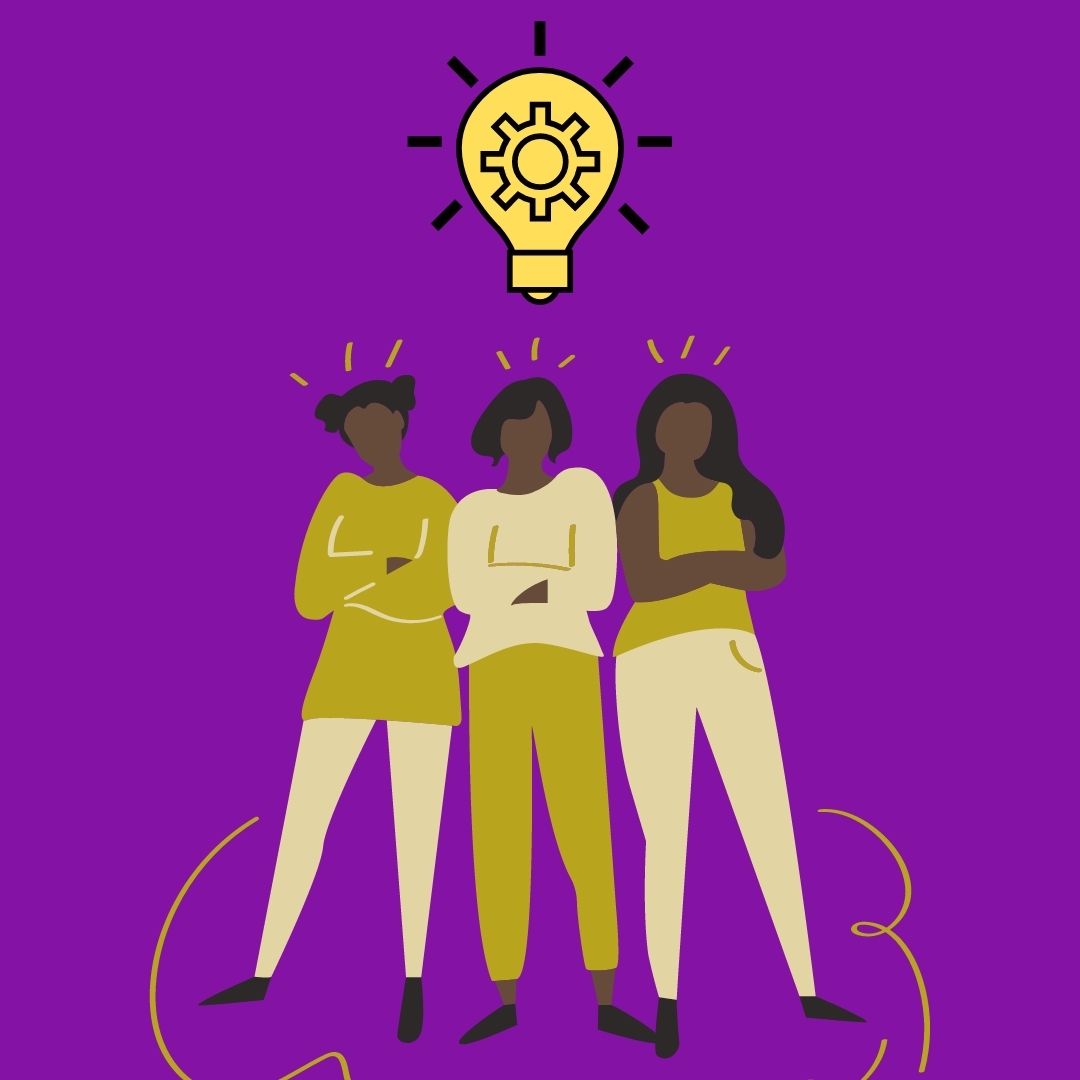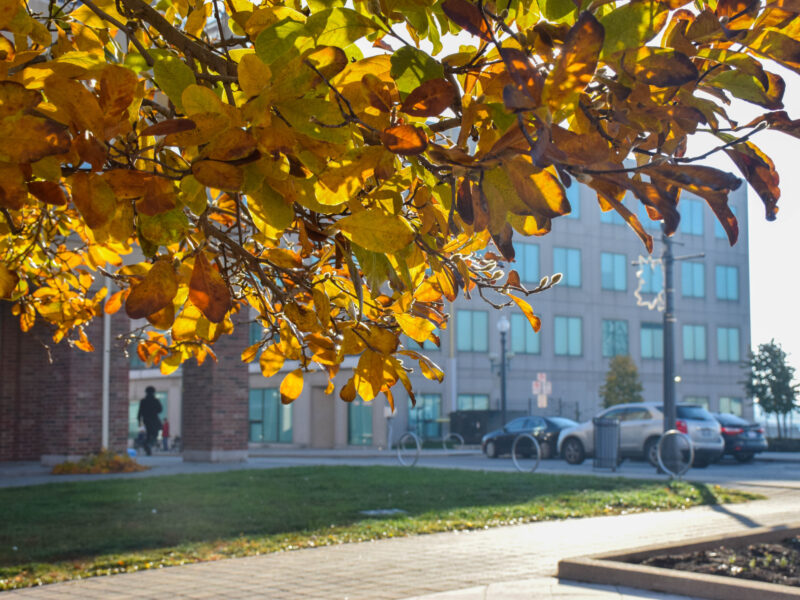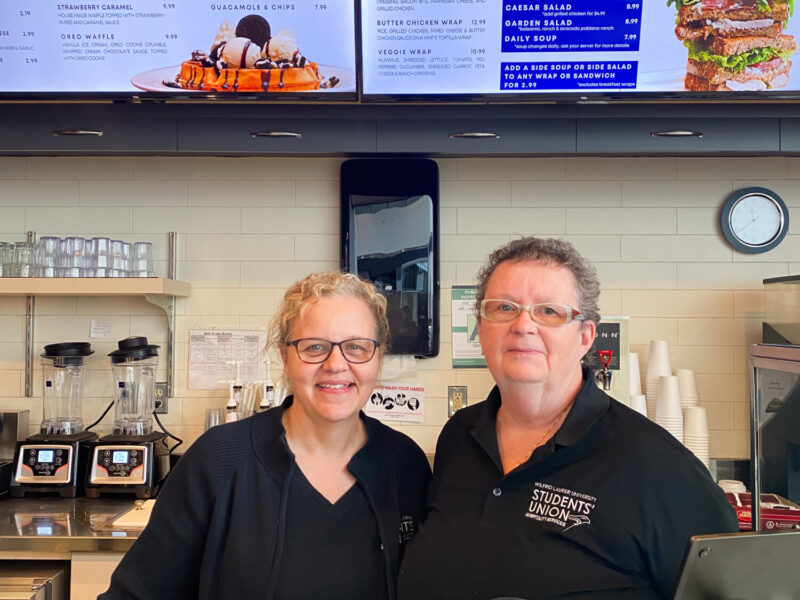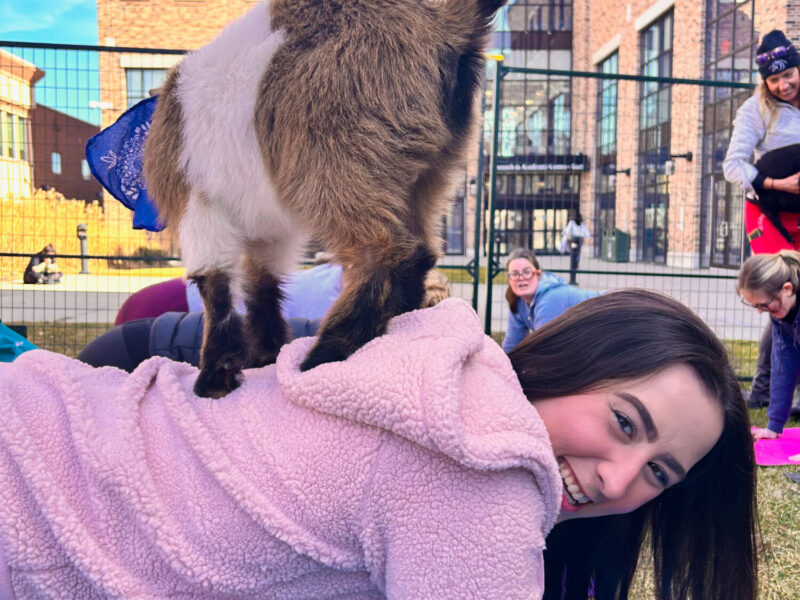GRAPIC CONTRIBUTED BY SARA SHEIKH
On Feb. 11, Laurier co-hosted the “Leveraging the Brilliance and Energy of African Women in Engineering and Math” panel.
The main focuses of the panel included life as a woman in science, technology, engineering and mathematics (STEM), overcoming challenges and the importance of representation and mentorship.
“I think the best person to solve that problem is somebody that has that problem,” said Bai Bintou Kaira, one of the panelists and a professional chemical engineer and co-founder of a health startup.
Like many of the other panelists, Kaira said that she feels that having many different points of view present is part of what leads to good decision making. While it is important to have all voices present, it is especially important to hear from those who are impacted by issues directly.
In terms of increasing diversity and inclusions, Kaira stressed the importance of the education system.
“I think that exposure is very good and that should be done as early as possible and as often as possible,” said Kaira.
She buys Lego for her own nieces, as a way of teaching them about STEM from an early age.
She explained that by teaching children about STEM from an early age in a way that is relatable and centered around how it impacts them and their community, children can begin to see why it is important.
Another component involves showing children faces that represent them. By seeing faces that look like their own, it is easier to visualize themself in that role.
Kaira grew up in Gambia and originally wanted to go into medicine; however, she changed her mind after thinking more about what she really liked and enjoyed. Part of the reason she now speaks to students is to help them make informed decisions about their interests and future as well. She said that she understands that not everyone will pursue STEM, but it is important to give people the opportunity to consider it.
“It’s important to be represented where innovation is taking place,” said Theresa Nyabeze, another panelist and senior specialist in mine engineering as well as a co-chair of the Diversity & Inclusion Committee at the Canadian Institute of Mining, Metallurgy and Petroleum.
Nyabeze said by showing books and educational materials to young children, they can see someone who looks or acts like them which can help show them different possibilities of who they can turn into.
As children grow older and begin to explore more career opportunities, it is these influences that have an impact on their interests and goals.
“If you look back to how every important social movement happened, students and their work were at the core of that,” said Eden Hennessey, manager of the Centre for Student Equity, Diversity, and Inclusion (CSEDI).
Part of this involves knowing who and what Laurier needs to support. Recently, Laurier began collecting information on the identities of their students, an initiative which Hennessey describes as something that should have happened a long time ago.
In order for Laurier to properly support its students, the institution needs to know who needs supporting. Knowing the backgrounds and identities of their students can be a step in the right direction.
“When we’re saying Laurier is number one, is it number one for everyone?” said Hennessey.
Alex Ogunsanya, President of the Black Students’ Collective, shared that not everyone can attest to their university experience being a “number one in satisfaction”.
Ogunsanya said that she feels as though much of what needs to change is Laurier’s culture around diversity. She provided an example of how many black students, including herself, did an internet search for how many Black people live in Brantford, when deciding whether or not to attend Laurier.
“Decolonizing the curriculum,” said Ogunsanya, is another step that must be taken to promote diversity and inclusion.
She stated that even including more diverse theorists in courses such as Brantford Foundations can go a long way in teaching more diverse points of view.
The Black Students’ Collective has a focus on encouraging community among students, and building a culture of acceptance and inclusion.
“I think we still have ways to go, but there’s been some movement,” said Hennessey.
To find out more about diversity, equity and inclusion, students can visit CSEDI’s website at https://students.wlu.ca/student-life/diversity-and-equity/index.html.




